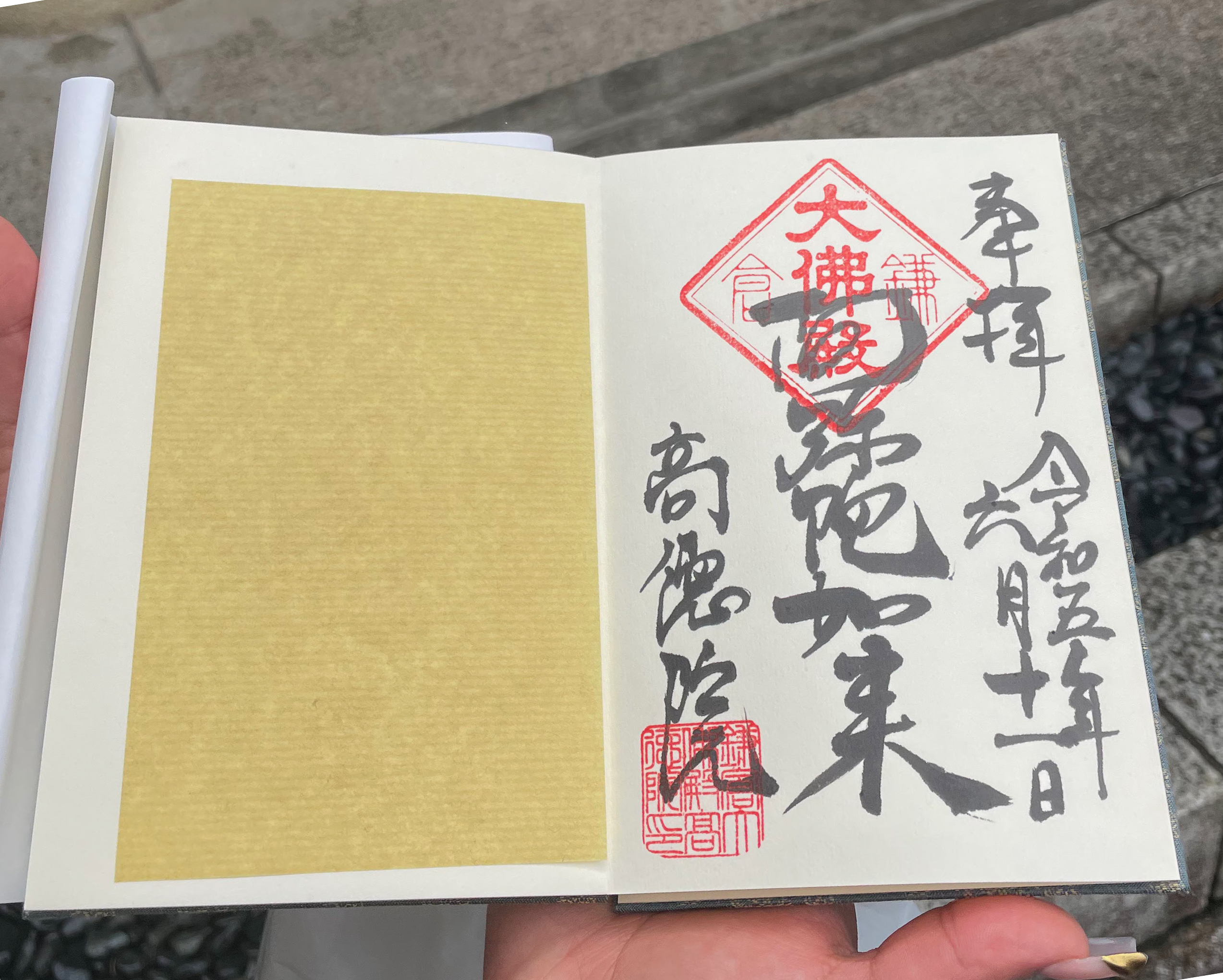
In a bustling cityscape filled with technological wonders, Japan’s rich cultural heritage remains prevalent. Amidst the vibrant city streets, there are countless temples and shrines that offer a tranquil escape and connection to centuries-old traditions. Exploring these sacred sites is a popular attraction for both locals and tourists alike.
An essential companion on these journeys is the goshuinchō, a unique and cherished artifact that captures these spiritual experiences.
Goshuinchō, which translates to “book of stamps,” serves as a personal record and physical representation of the deep spiritual connections forged between a Buddhist temple or Shinto shrine and its visitor. Crafted with scrupulous attention to detail, these small notebooks are often made from delicate washi paper or silk, reflecting the reverence with which they are regarded. Each goshuinchō is as unique as the individual who carries it, serving as a treasured keepsake that captures a personal spiritual journey.
As visitors embark on a pilgrimage to various temples and shrines across Japan, they can present their goshuinchō to the temple or shrine personnel, who skillfully inscribe it with calligraphy, stamps and seals, known as goshuin.
These goshuin, often created by the hands of the priests and monks who occupy the temples or shrines, are specific to each place and bear the establishment’s name as well as the date, commemorating the visit. Some choose to keep separate books of goshuin for either Buddhist temples or Shinto shrines, while others put a mix of both in their goshuinchō. The goshuin stamps are meticulously crafted, combining detailed calligraphy with intricate artwork and every stamp holds incredible significance. They often feature traditional Buddhist or Shinto symbols stamped into them, such as bonsai trees for harmony and peace or lotus flowers for purity and prosperity.
The history of goshuinchō can be traced back to the Edo period (early 17th to mid-19th century) in Japan. During this time, the practice of collecting goshuin stamps began to gain popularity among pilgrims and devotees visiting temples and shrines.
Initially, goshuin stamps consisted of handwritten calligraphy or inscriptions written by priests and monks to commemorate a person’s visit to a particular temple or shrine. These handwritten inscriptions were often made on loose sheets of paper or scrolls and given to the visitors as a token of their pilgrimage.
Over time, the practice evolved, and the need for a dedicated book to store these precious stamps, as well as pre-carved stamps with the specific temple or shrines symbols, became apparent. This led to the emergence of goshuinchō and throughout the years, they have continued to evolve, adapting to the changing times while preserving their traditional essence. Over 300 years after their creation, bound goshuinchō books with accordion-folded paper can be purchased at most temple or shrine gift shops.
When visitors enter a temple or shrine, they will see a sign, sometimes written in English, that points to where they can get their goshuinchō signed. Once at the counter, one of two things will happen. Either they will hand the attendant their book, indicate the page they would like signed and then receive a small token with a number while waiting for the goshuinchō to be signed by a calligrapher out of view. Other times, they will hand the calligrapher the book directly, and the skilled worker will complete the stamp right then and there in the book owners’ presence. Once they are finished, the visitor will be asked to make an offering, as a thank you for the calligraphers’ skilled work costing anywhere from 300 to 1,000 JPY (yen)($2 to $8 USD) depending on the level of detail.
Goshuin not only represent a visit to a particular location, but also embody the essence of the temple or shrine, carrying its blessings and imparting a sense of spiritual grace onto those who collect them. As one collects these cherished stamps and turns the pages of their goshuinchō, they are reminded of the beauty and tranquility found in Japan’s spiritual traditions, fostering a deeper appreciation for the country’s cultural heritage.
Goshuinchō remain a cherished tradition in Japan, serving as a tangible record of one’s spiritual journey and a unique souvenir for tourists who wish to remember the spirituality of their visit.







